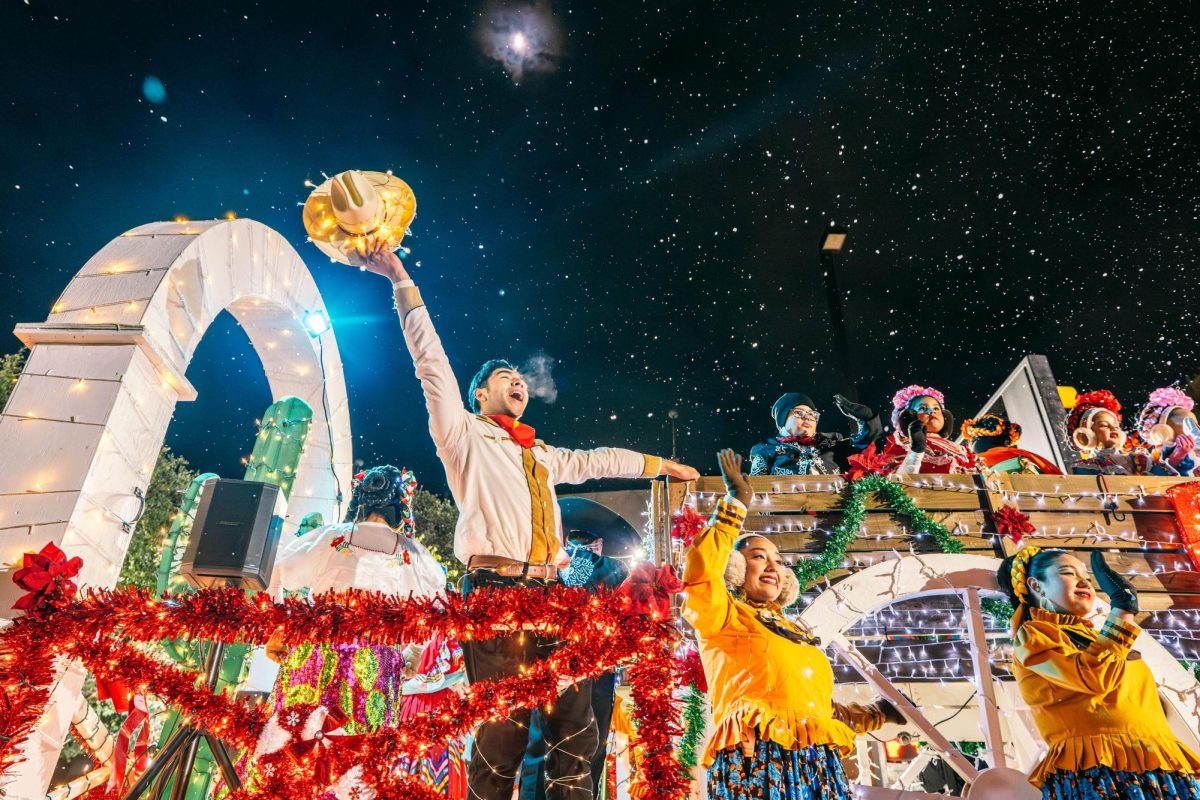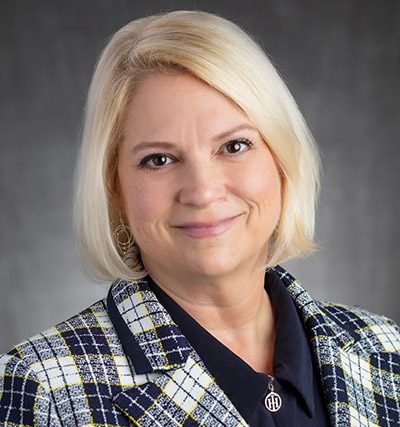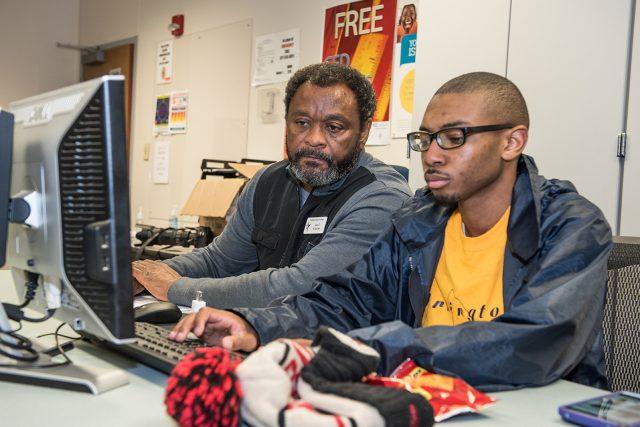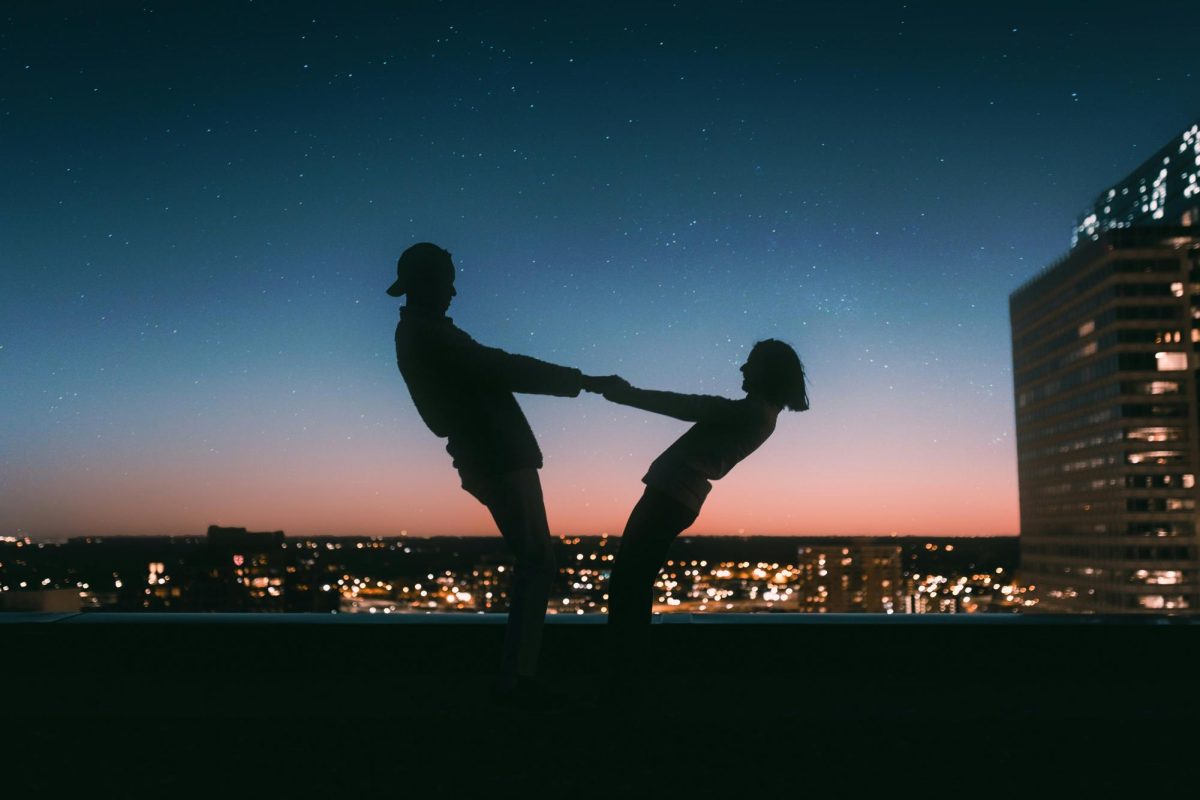By Edwardo Perez/NE English associate prof
Sometime between Jan. 19 and Feb. 12, NE art assistant professor Suzanne Perez, and art associate professors Cynthia Hurt and Richard Parker each had a painting stolen from a faculty exhibit held in the NSTU building.
The theft represented not just a loss of art, but a loss of the artists themselves, as if their children had been kidnapped. How do we understand this? How can we share their grief, especially in a world that seems to devalue art?
Perhaps it’s an effect of our digitized world. We’re so consumed by the hyper reality surrounding us, we no longer appreciate the beauty of something that’s actually real.
As Jean Baudrillard noted, our society is nothing more than a simulation or simulacra — a copy of a copy of a copy that no longer resembles the original. For Arthur Danto, thanks to pluralism, art has reached its end, existing in a void of post-historical meaninglessness. We could also posit that pluralism has become artificialism, with technology as art and artist — why paint when you can design an algorithm to do it?
Those who still wield a brush and mix paint are relegated to producing works capable of being stolen but not appreciated, their art reduced to nothing more than background accessories that we mock (“Which way are we supposed to hang it?”) or dismiss (“My three-year-old could paint that.”).
Thus, there’s a paradox to the stolen paintings. On one hand, someone thought enough about these works to actually steal them — and it couldn’t have been easy, because they’re large works, you’d be noticed walking around campus with one, let alone three. On the other hand, it took more than a week before anyone realized they were gone.
If Danto is right, then creative expression doesn’t matter anymore and we shouldn’t care about any painting, let alone three that were stolen.
But what if he’s wrong? What if art will ultimately rebirth itself in a post-historical renaissance to resume its position of marking the evolution of human expression as it has done for centuries? What if art finds itself again?
In an age where the aesthetics of assault weapons are worshiped (as the World Peace and Unification Sanctuary does with the AR-15) and emojis have become a main form of self-expression, perhaps finding art again is more important than it’s ever been.
































